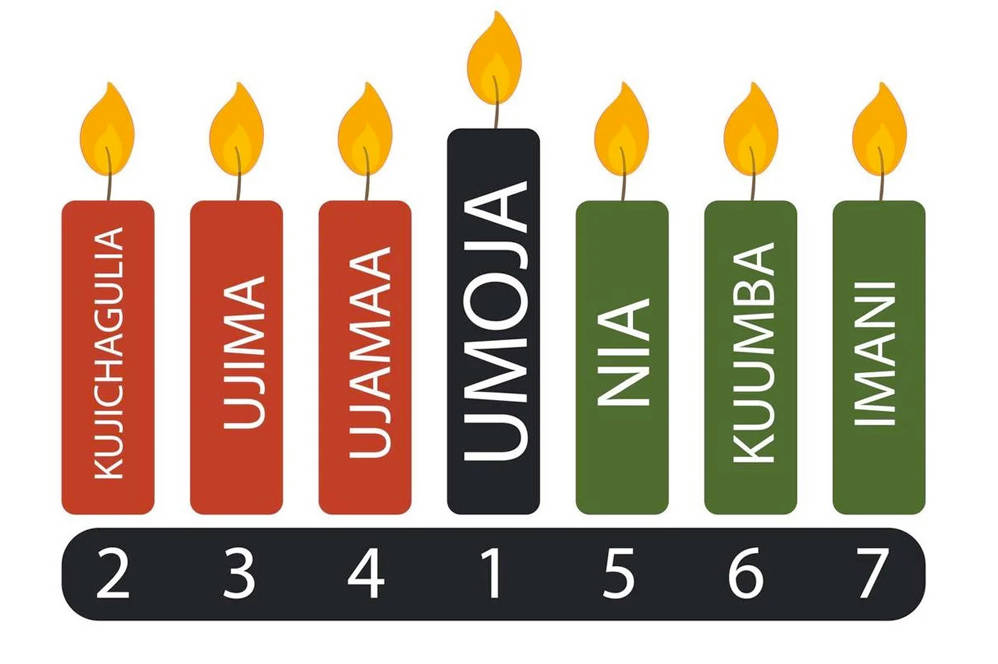What is Kwanzaa?
Kwanzaa is a seven-day African American cultural and historical celebration that runs from December 26 to January 1 each year. The holiday was created in 1966 by Dr. Maulana Karenga, an African American scholar, with the aim of uniting the African American community and celebratingAfrican cultural heritage, family, and community values.
At the heart of Kwanzaa are the Nguzo Saba, or "Seven Principles." These seven principles are:
Umoja (Unity)
Kujichagulia (Self-determination)
Ujima (Collective Work and Responsibility)
Ujamaa (Cooperative Economics)
Nia (Purpose)
Kuumba (Creativity)
Imani (Faith)
The celebrations often include singing, dancing, storytelling, poetry readings, and displays of African American arts and crafts. On each day of Kwanzaa, a candle is lit to represent one of the seven principles.

When Does Kwanzaa Begin?
The Kwanzaa celebration begins annually on December 26 and lasts until January 1.
What is the Kwanzaa Candelabrum Called?
The Kwanzaa candelabrum is called the Kinara. The word comes from Swahili and means "candelabrum." It symbolizes the roots of the African continent and the unity of African Americans.
What Are the Features of the Kinara Candelabrum?
The design and use of the Kinara are full of symbolic meaning. Its main features include:
Seven Candle Holders: The Kinara has seven candle holders to hold the seven candles that represent the seven principles of Kwanzaa (Nguzo Saba).
Three Colors: The seven candles are three colors: one black candle, three red candles, and three green candles.
Symbolism of the Candles:
The black candle (Mishumaa Saba) is in the center and represents the unity of the African people.
The three red candles are on the right and represent struggle and bloodshed.
The three green candles are on the left and represent hope, the future, and the fertility of the African continent.
Each day, family members gather to light a candle and discuss the meaning of the principle for that day. The candles are lit in a specific order, starting with the black candle in the center, and then alternating between the left and right sides, from the outside toward the center, symbolizing the gathering of the community from the periphery to the core.
More than just a decoration, the Kinara is a powerful cultural symbol that reminds people to remember their roots, stand in solidarity with one another, and work together for a better future.

Reviews({{commentRowsTotal}})